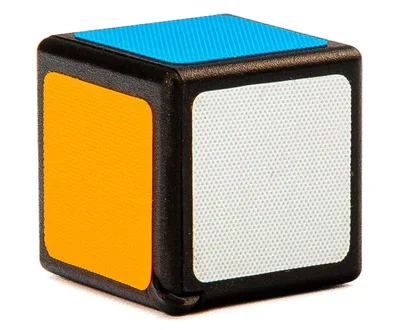Augmented Reality (AR) is rapidly changing the landscape of online shopping, offering a more immersive and interactive shopping experience. The rise of this technology has revolutionized how consumers engage with products, making the online buying process more efficient and enjoyable. In this article, we will explore how AR is being integrated into online shopping, the benefits it brings to both customers and businesses, and the exciting potential it holds for the future.
What is Augmented Reality in Online Shopping?
Augmented Reality in online shopping refers to the use of digital technologies to overlay virtual images or information onto the real world. This can be done through smartphones, tablets, or AR glasses, allowing shoppers to visualize how a product would look in their real-world environment. For example, you can see how a piece of furniture would fit in your living room or how a pair of shoes would look on your feet. AR enhances the online shopping experience by bridging the gap between the virtual and physical worlds, making it easier for consumers to make informed purchase decisions.
With AR, shoppers are no longer restricted to relying solely on images or descriptions of products. Instead, they can interact with 3D models and view products from multiple angles, providing a more realistic and detailed understanding of the item. This is especially beneficial when shopping for Gifts For Her, where consumers often want to ensure that the product will meet the recipient’s tastes and preferences before making a purchase.
How Augmented Reality Enhances the Shopping Experience
One of the key benefits of AR in online shopping is that it allows consumers to experience products virtually before buying. For instance, makeup brands now offer AR try-on features, where users can see how different shades of lipstick or foundation would look on their skin tone. Similarly, fashion retailers enable virtual fitting rooms, where customers can try on clothes or accessories digitally, ensuring a better fit without ever stepping foot in a store.
AR also provides a more engaging shopping experience, helping retailers stand out in an increasingly crowded market. Shoppers who feel more confident in their purchase decisions are less likely to return items, which can be a costly process for online retailers. This increased confidence is due to the interactive nature of AR, as it removes much of the uncertainty that comes with buying items sight unseen.
The Impact of AR on Consumer Behavior
As AR becomes more common, consumer behavior is evolving. Shoppers are now seeking more personalized and interactive experiences, and they are more likely to engage with brands that offer AR features. Studies show that consumers are more likely to purchase products after using AR technology, as it allows them to better visualize how items will fit into their lives.
For retailers, this shift in consumer behavior is a significant opportunity to boost sales and enhance customer satisfaction. By incorporating AR into their websites and mobile apps, businesses can create a more memorable shopping experience, encouraging customers to spend more time browsing and exploring their products. In turn, this leads to increased conversions and greater customer loyalty.
The Future of Augmented Reality in Online Shopping
The future of AR in online shopping is incredibly promising. As technology continues to advance, AR will become more integrated and sophisticated, offering even more realistic and immersive experiences. With the potential for advancements in artificial intelligence (AI) and machine learning, AR could soon offer personalized recommendations based on a shopper’s preferences and shopping habits.
Additionally, with the rise of smart glasses and other wearable AR devices, consumers may soon be able to shop in an entirely new way. This could lead to a seamless shopping experience where products are virtually tried on in real-time, and shoppers can make purchases without even taking out their phones. The possibilities for AR in online shopping are limitless, and as more retailers adopt this technology, it will only continue to evolve.
Conclusion
In conclusion, Augmented Reality is transforming the online shopping experience by providing a more interactive and personalized way for consumers to engage with products. From virtual try-ons to immersive product visualizations, AR is helping shoppers make more informed decisions and improving overall customer satisfaction. As AR technology continues to evolve, it will undoubtedly play a pivotal role in the future of online shopping, offering exciting new opportunities for both consumers and retailers alike.



